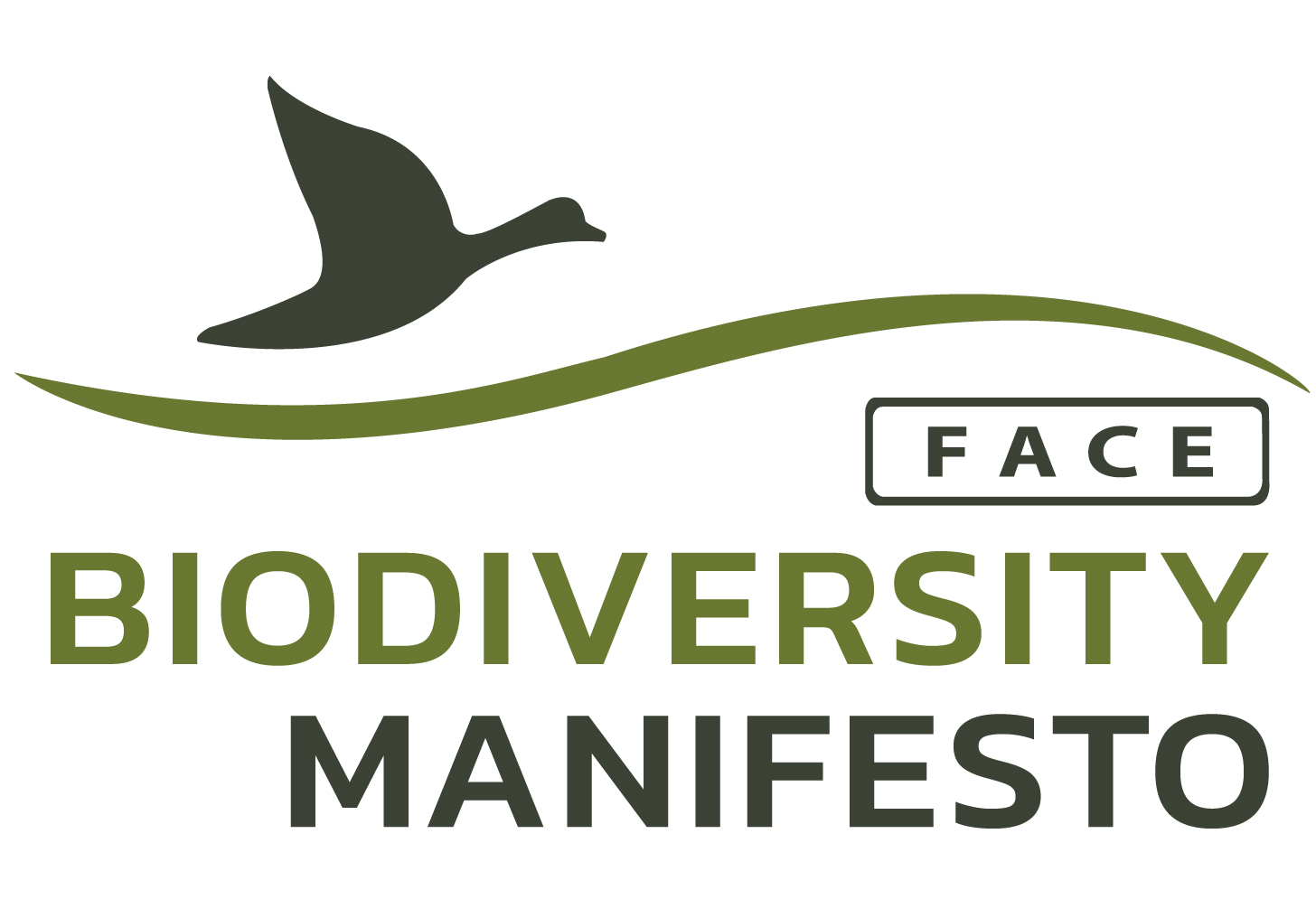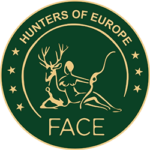French national hunting organisations (FNC and ONCFS) proposed to the authorities (in 1993) the creation of a category of set-aside especially meant for wildlife and preservation, with appropriate regulations.
This involved an Environment and wildlife set-aside contract, to be concluded between farmers and hunters. In theory, farmers can manage with more respect for biodiversity, notably forbidding any crushing to the covers during period of wildlife reproduction as well as by choosing an appropriate mix of covers’ types, and hunters can contribute either financially or by supplying seeds.
At its peak, those contracts accounted for 36 000 ha in France, set up by more than 10,000 farmers. Since the abolition of compulsory set-aside in the CAP, the known surfaces are about 12 000 ha. Federations continue to subsidize these fallows, which are now facing pollinators with an interest in bees.
The French government has incorporated into its regulations the ban on grinding of 40 days and fallows are recognized as topographic features that meet the compliance requirements of the CAP, and they will be transferred into the greening measures in 2014. Before, the system required the approval of the French agricultural administration, which signed the contracts. Those contracts are now private.
Country: France
Starting date: 1993
Species: Grey Partridge (Perdrix Perdrix), Eurasian Skylark (Alauda Arvensis), Lapwing (Vanellus Vanellus), Wild Rabbit (Oryctolagus Cuniculus), Brown Hare (Lepus Europeanus), Woodcock (Scolopax Rusticola), European Badger (Meles Meles), Red Fox (Vulpes Vulpes)
Species characteristics: Huntable species, Abundant species
Type of actions: Management of habitats and wildlife
Leading partners: ONCFS - Office nationale de la chasse et de la faune sauvage(National Office of Hunting and Wildlife) http://www.oncfs.gouv.fr/Fédération Nationale des Chasseurs de France (FNC - French Hunters' Federation) http://www.chasseurdefrance.com/

